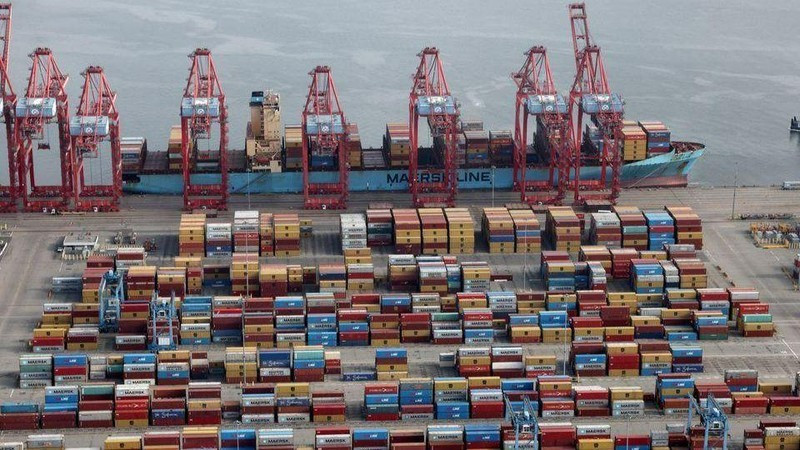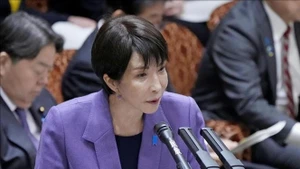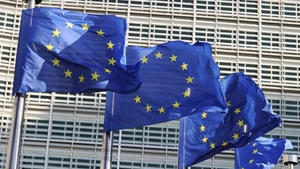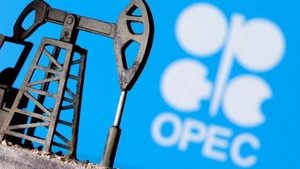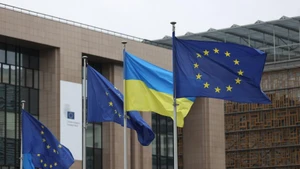In his State of the Union address in February, US President Joe Biden highlighted the bright spots in the US economic picture and affirmed that he did not believe the world's No.1 economy would fall into a recession this year or next year. Statistics showed that the economic situation has turned more positive in recent months, following a period when inflation soared to a 40-year high, in the summer of 2022.
Before Biden's remarks, in his statement on ABC television, US Treasury Secretary Janet Yellen also confirmed there would be no economic recession.
“You don't have a recession when you have 500,000 jobs and the lowest unemployment rate in more than 50 years,” Yellen told.
"What I see is a path in which inflation is declining significantly, and the economy is remaining strong.", she added. According to her, inflation remained too high, but it had been falling for the past six months and could decline significantly due to measures adopted by the Biden administration, including steps to reduce the cost of gasoline and prescription drugs.
Earlier, the US Department of Labour said that job growth accelerated sharply in January, with nonfarm payrolls up by 517,000 jobs and the unemployment rate dropping to a 53-1/2-year low of 3.4%.
Meanwhile, at the end of January, the US Department of Commerce released data showing that US economic growth still reached 2.1% in 2022, despite decelerating compared to 2021.
In addition, the US economic growth reached 2.9% in the fourth quarter of 2022, higher than the forecast of 2.6%, released by experts and this was the second consecutive quarter when the US economy recorded growth after two-quarters of decline. Although the US economy has made positive changes and the risk of an economic recession this year has decreased significantly, experts have warned that the world's No.1 economy still faces many challenges. In the short term, the US Federal Reserve (FED) is still likely to raise interest rates this year.
Analysts said that with a positive signal from the job market reported recently, it is likely that the FED will continue to raise interest rates at the upcoming meeting in March. On February 7, the AP news agency quoted the FED Chairman Jerome Powell as saying that if the US job market is more consolidated in the coming months or the inflation rate accelerates, the FED may be forced to raise the base rate higher than currently expected.
Experts said although inflation has cooled down, it is still a big problem for the US economy. In 2022, the consumer price index in the US increased by 6.5%, while the personal consumption price index increased by 5%. The FED aims to bring the annual inflation rate to 2%, but some economists are sceptical about the FED’s ability to achieve this goal without sending the economy into recession.
Another worrying issue is that the public debt ceiling is weighing heavily on the risk of the US debt default. The country reached its federal debt limit in January 2023, forcing the US Treasury Department to begin taking special measures to prevent the nation from default.
US Treasury Secretary Janet Yellen called on Congress last week to raise the debt ceiling limit, warning that defaulting on the debt ceiling would lead to financial catastrophe. In addition to the three challenges mentioned above, the "headwinds" from global issues such as the tension in US-China relations, the Russia-Ukraine conflict and the general difficulties of the world economy, also continue to pose many serious challenges to the US economy this year.
The outlook and challenges of the world's No.1 economy are partly reflecting the general picture of the global economy. If the US does not handle its domestic and international problems well, to reduce the above risks, not only will the US economy be in trouble but also the world economy will certainly continue to face many difficulties in the near future.
